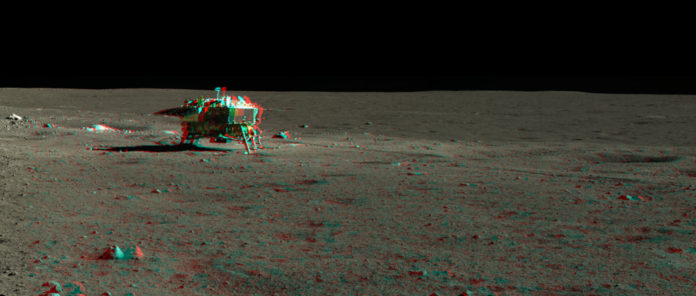On Jan. 3, 2019, China’s Chang’e 4 lunar exploration device landed on the far side of the Moon. Developed and operated by the China National Space Administration, which is roughly equivalent to NASA of the United States of America, Chang’e 4 also made headlines around the world for sprouting a handful of plants inside a sealed biosphere on the Moon’s surface. While six types of organisms were included inside the biosphere, it’s only clear that sprouts of cotton plants came to life after a soft landing on the surface of the far side of the Moon.
Space agencies around the world have been motivated by the China National Space Administration’s recent work, as well as a series of satellite launches by SpaceX using its recyclable rocket launchers, to kick projects of their own into the proverbial first gear.
The European Space Agency, based in Paris, France, represents 22 nations across the European Union. Today, some three weeks after China’s Chang’e 4 successfully made a soft landing on the side of the moon that is never seen by anybody on the surface of planet Earth, the European Space Agency (ESA) shared that it had formally established plans to mine various natural resources across the Moon as early as 2025.
Although the first natural resources the ESA would mine are as simple and abundant as water and oxygen, they’re still necessary to mine in order to have any chance of maintaining long-term manned missions on the Moon. The ESA inked a deal with ArianeGroup, the largest provider of space-related launch services across the entirety of Europe, that will initially last for one year. ArianeGroup has experience competing in XPRIZE as a research group looking into the potential benefits and feasibility of mining natural resources on the moon.
It’s not clear if the mission will actually be carried out or not, though it’s slated to be launched in 2025, says the ESA.
The Moon is void of all organic content, which is matter that contains carbon, one of the most abundant elements on planet Earth. Carbon is also considered a necessary element for life. Although organic matter would be highly valuable to manned missions on either side of the Moon, it isn’t the only natural resource that would be of value. Oxygen and water are both important.
Further, an isotope of helium, helium-3, is a potential source of energy that can be found on the Moon. Although helium-3 isn’t currently utilized widely or very well as an energy source right now, it could prove to be useful to missions on the Moon.









